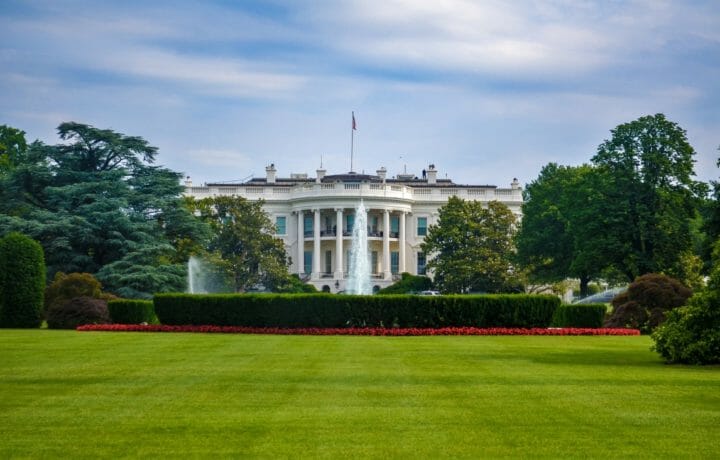Yesterday, President Biden signed the $1.5 trillion bill that keeps the federal doors open at least until September, avoiding the dreaded government shutdown. Despite partisan efforts competing for a place on spending bills, everyone agrees that Putin’s drive with Russian forces to invade Ukraine is not the right time to argue over these efforts. In fact, the bill included $13.6 billion in assistance for Ukraine defense, funding military equipment and training. The funding is also marked to aid Ukrainian refugees. President Zelensky is scheduled to speak to Congress today with a televised address.
Increased Defense Spending for Ukraine and U.S.
With the bill, Biden shared, “We’re moving further to augment support to the brave people of Ukraine as they defend their country.” The White House has also confirmed that President Biden will travel to Brussels this month to take part in a summit with world leaders to address the situation in Ukraine. The funding approval is timely before Zelensky appeals to the U.S. Congress.
Most lawmakers agree that this funding to the Ukraine may not be the last time that the U.S. responds with military and humanitarian aid. Paul Kane, Washington Post, shares, “The question is a matter of when, not if, Congress has to go back to the well to provide more funding and, largely depending on Zelensky and his government’s fate, whether this exercise becomes a semiregular round of war funding similar to how the wars in Iraq and Afghanistan were funded — or, possibly, whether it becomes more of a secretly financed effort akin to how Congress propped up the mujahideen resistance against the Soviet Union’s invasion of Afghanistan during the 1980s.”
Although parties are divided on defense spending amounts for the U.S., all came together to agree on the $782 billion in funding that will go towards defense – about $30 billion above the initial request. It’s also a 6% increase from last year. The increased spending posture is in direct response to countering the Russian threat – a task that defense contractors play a critical role in doing.
“There’s a lot of possibilities for ways that the contractors will benefit, and in the short term we could be talking about tens of billions of dollars, which is no small thing, even for these big companies,” said William Hartung, senior research fellow at the Quincy Institute for Responsible Statecraft.
“There’s an old saying: ‘A high tide raises all ships.’ So I think when you start putting that kind of money into the pipeline, certainly we want our companies to compete for that,” said Arnold Punaro, a retired three-star general and former staff director on the Senate Armed Services Committee who now works as a defense industry consultant.
Marijuana Rider Left in
Also noted was the Harris rider, a legacy rider that bars legalization of recreational marijuana. While Washington D.C. voted to make marijuana legal for adults back in 2014, the sale of cannabis in the U.S. capitol will remain under a federal ban. While lawmakers have argued that cannabis needed to be decriminalized and rescheduled from Schedule 1 of the Controlled Substance Act, ultimately, this vote came down to moving the funding through the process as quickly as possible to avoid a government shutdown. The security clearance process continues to reflect this divided stance – making it clear that marijuana is still a factor despite its legality in states and push to decriminalize. While past pot encounters may no longer count applicants out from obtaining a security clearance, ongoing current marijuana use continues to be a different story for clearance holders.




